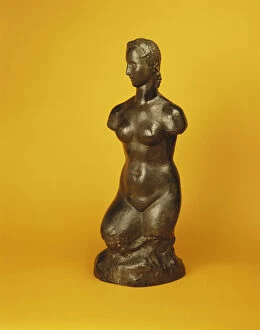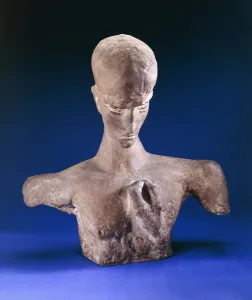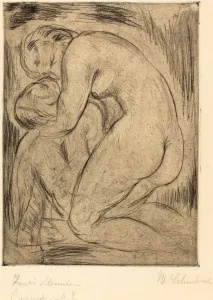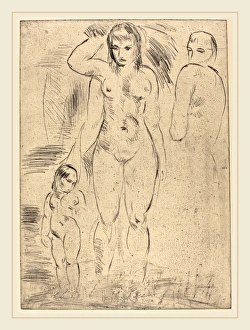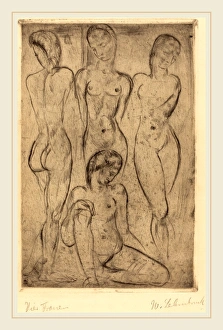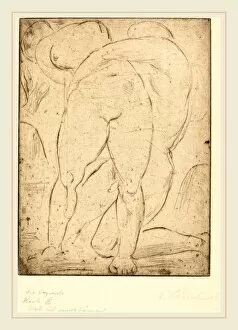Lehmbruck Collection
Wilhelm Lehmbruck, a German artist born in 1881 and passed away in 1919, was known for his profound sculptures and prints
All Professionally Made to Order for Quick Shipping
Wilhelm Lehmbruck, a German artist born in 1881 and passed away in 1919, was known for his profound sculptures and prints. One of his notable works is the "Female Torso; Weiblicher Torso, " created between 1910-1919. This cast stone sculpture with a brown patina captures the essence of femininity through its graceful curves. In another masterpiece titled "Head of a Thinker; Kopf eines Denkers" from 1918, Lehmbruck explores the human intellect through a cast stone representation. The intricate details convey deep contemplation and introspection. The "Hagener Torso" from 1910-11 showcases Lehmbruck's mastery in capturing raw emotion within cast stone. This sculpture evokes both vulnerability and strength, leaving viewers captivated by its powerful presence. It also delved into printmaking with works like "Macbeth IV" from 1918, which demonstrates his skillful use of drypoint technique on two plates. Similarly, "Rape II (Raub II)" from 1911 portrays intense emotions through drypoint etching. "The Dead Man (Der tote Mann)" created in 1915 is another poignant drypoint piece by Lehmbruck that reflects on mortality and existential themes. Its haunting imagery invites contemplation about life's transience. Lehmbruck's versatility as an artist extends to mediums beyond sculpture and printmaking. His red chalk drawing titled "Nude" exemplifies his ability to capture the beauty of the human form with delicate lines and shading. One cannot overlook Lehmbruck's fascination with Shakespearean themes as seen in "Macbeth V (The Vision of Lady Macbeth)" from 1918 or "Woman and Child (Weib und Kind)" from 1914. These artworks showcase his interpretation of these iconic characters while exploring complex emotions and relationships.

